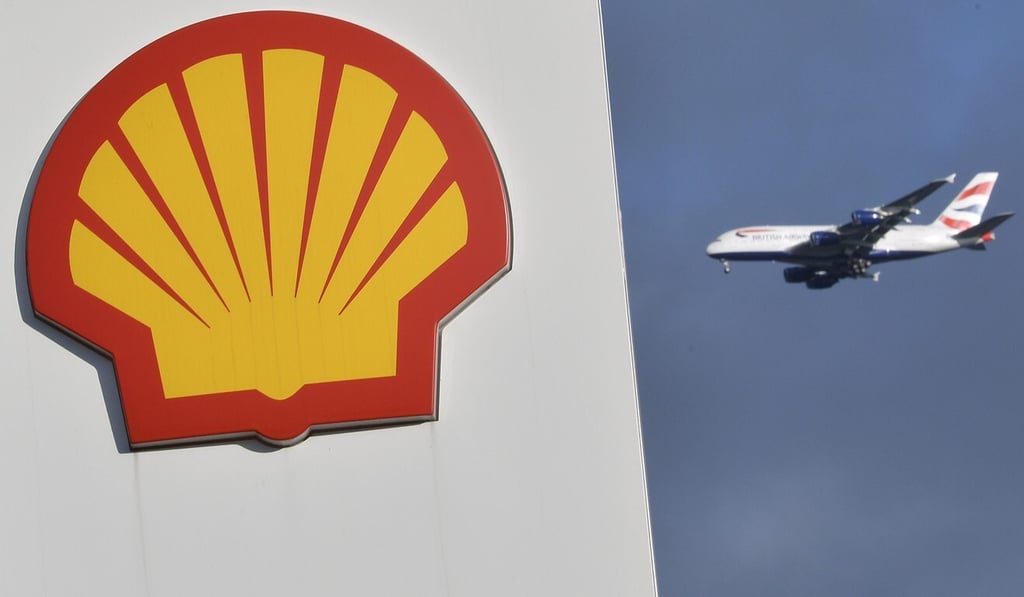Major energy firms shut 13 per cent of offshore oil production in Gulf of Mexico as storms draw near
- Storms Marco and Laura are poised to enter the Gulf early next week
- Shell began shutting down production at most of its offshore operations on Saturday, joining energy majors BP and Chevron

Oil producers shut 13 per cent of offshore crude oil production by Saturday in the US-regulated northern Gulf of Mexico as tropical storms Laura and Marco were forecast to cross the region next week, the US government said.
Royal Dutch Shell Plc said it began shutting down production at most of its offshore operations on Saturday, joining energy majors BP Plc and Chevron Corp, which began shutdowns on Friday.
In addition to the 240,785 barrels per day (bpd) in oil production shut in as energy companies were evacuating workers, 4.39 per cent, or 119 million cubic feet per day (mmcfd), of natural gas output from the Gulf was turned off by Saturday, the US Bureau of Safety and Environmental Enforcement said.
Storms Marco and Laura are poised to enter the Gulf early next week, with each forecast to make landfalls on the coast by midweek. However, neither storm is expected to become a major hurricane and the forecast storm tracks cover a wide area. Storm Marco on Saturday was expected to become a Category One hurricane with winds of at least 74 miles per hour (119kph) but faces wind-shear conditions that will limit development. Storm Laura is on a track to travel over Hispaniola and Cuba, and is likely to remain a tropical storm, said Matt Rogers, a meteorologist at Commodity Weather Group.

“We don’t see the intensity and strengthening risk” to either storm, said Rogers, whose company advises energy and agricultural firms. The prospect of either becoming a damaging, Category Three storm is just 10 per cent, he said. Unlike Hurricane Harvey, which struck the region three years ago, neither is expected to linger inland, reducing risk of coastal flooding.
